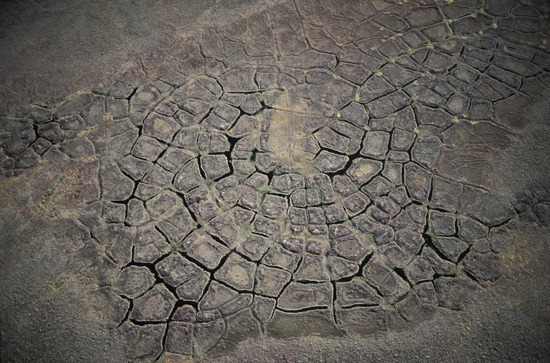With Lake Tapps finally full and open since last week, Bonney Lake residents may appreciate the irony of now having their city’s water sources being stretched to their limits.
Last Tuesday, the city announced on their blog that all of the city’s water supplies are being used to cover the high demand of water this summer.
“We don’t have any other way of getting water in,” said Public Works Director Dan Grigsby. “We are maximizing all of our supply sources.”
This includes the city’s springs, well, tanks and buying water as much water as the city can at a premium from Tacoma Public Utilities, Grigsby said.
Although buying water from Tacoma Public Utilities won’t affect resident water rates, residents can expect higher water bills for the rest of the summer, the city said.
“We do have a higher rate in the summer than we do in the winter,” Grigsby said. “And in both the winter and the summer, we have a tier system where every 10 CCFs (every CCF is 100 cubic feet of water), the rate goes up.”
Grigsby said a normal house uses about eight CCFs of water a day, but demand more than doubles in the summer because of residential and commercial irrigation.
In the winter and summer, residents inside city limits are charged $1.22 for anywhere between zero and 10 CCFs per month.
That rate doubles if residents use more than 10 CCFs of water per month in the winter, and increases further to $2.63 if residents use between 11 and 20 CCFs of water in the summer.
It’s the same story outside the city limits, although the rates start higher than inside the city.
Residents outside city limits are charged $1.76 in the summer and winter for using up to 10 CCFs of water a month.
If these residents use more than 10 CCFs of water, the rate jumps to $3.50 in the winter and $3.68 in the summer.
Although the city said it does not expect to run short on water, the city has said it will enact mandatory water restrictions on residents if it does happen.
“There’s a variety of options and the city has to decide which of those they would implement if they need to,” Grigsby said. “It could be no irrigation of lawns or alternating days, depending on your address.”
The city’s tips for saving the most water is to reduce lawn irrigation to every three to five days, and water plants and lawns in the early morning or evening to prevent evaporation.
Even though the city’s water sources are strained, East Pierce Fire and Rescue Chief Bud Backer said a lack of water shouldn’t affect the fire department’s ability to fight any fires around the city.
Other tips include:
• Use a broom, rather than a hose, to clean sidewalks and driveways.
• When washing your car, wash it on the lawn if possible and use a hose with a shutoff nozzle.
• Place mulch around trees and plants to avoid excess evaporation.
• Set automated sprinkler systems to use water in the late evening or very early in the morning hours.
• Use drip irrigation for shrubs and trees to apply water directly to the roots where it’s needed.
• Run your clothes washer and dishwasher only when they are full. Set dish washers to run when you go to bed instead of immediately after meal time.
• Shorten your shower by a minute or two. Do not run water continuously. You can save up to 150 gallons each month.
• Put food coloring in your toilet tank. If color seeps into the toilet bowl without flushing, you have a leak. Make repairs and save up to 1,000 gallons a month.


